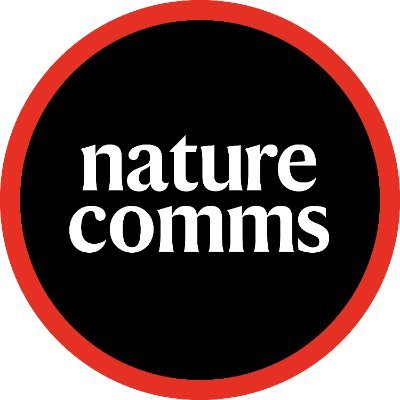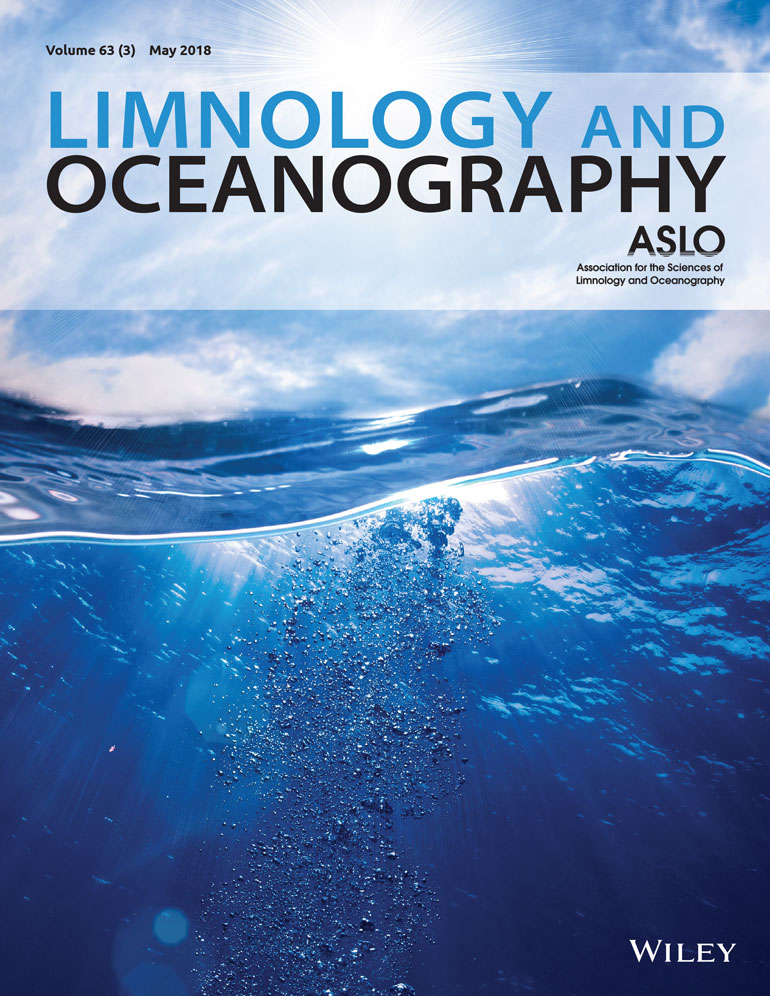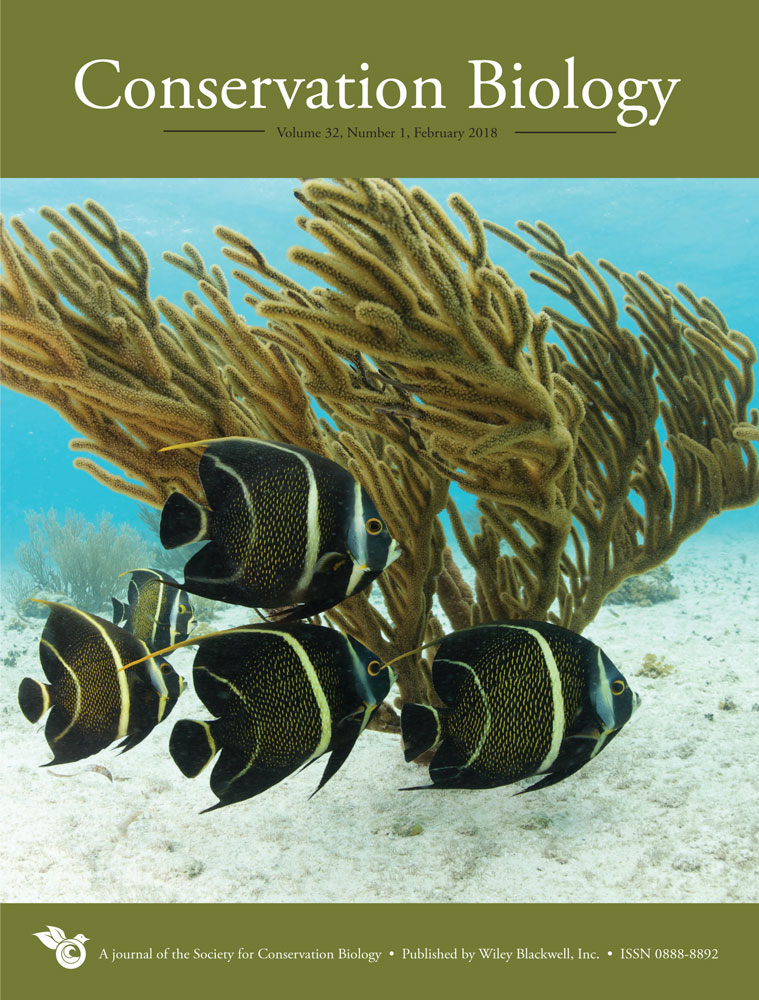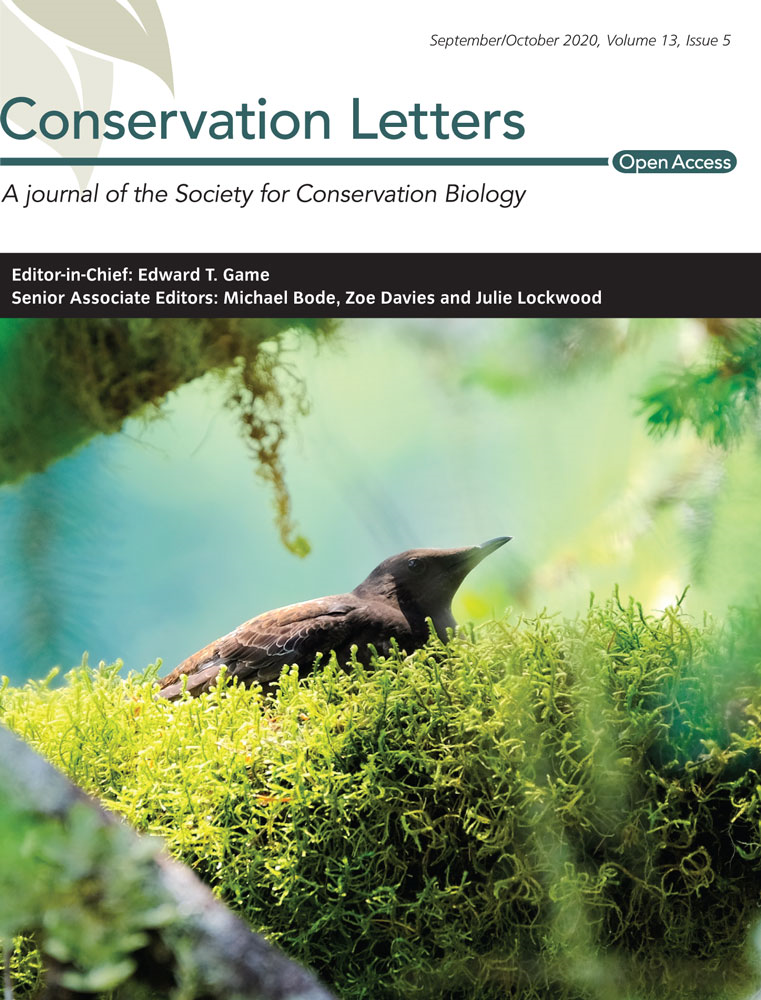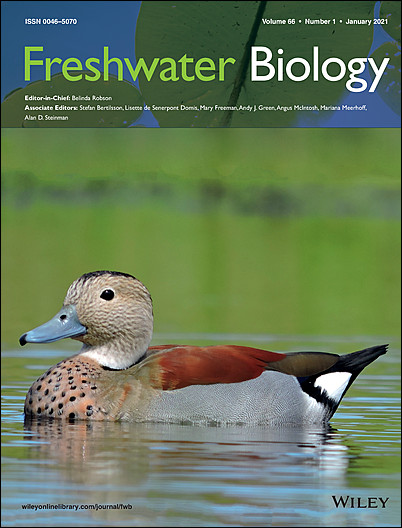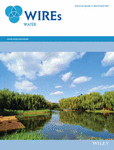- Department:(Dept. 2) Community and Ecosystem Ecology
Distance to native climatic niche margins explains establishment success of alien mammals
Using a dataset of 979 introductions of 173 mammal species worldwide, the authors investigated the hypothesis that the establishment success of alien species depends on the match between environmental conditions in the exotic and native range. The study results support this hypothesis. They are based on the Niche Margin Index, which is presented as a new analysis tool in the paper.
Countergradient variation concealed adaptive responses to temperature increase in Daphnia from heated lakes
The authors investigated thermal adaptation of Daphnia from lakes that had been exposed to artificially elevated temperatures for six decades, in comparison to Daphnia that lived in control sites at ambient temperature. Daphnia from heated lakes evolved larger body size, which is contradictory to general expectations and theory. They suggest that large size is adaptive during active overwintering.
The Hierarchy-of-Hypotheses approach: a synthesis method for enhancing theory development in ecology and evolution
In the current era of Big Data, synthesis tools are critical means to handle the deluge of information. The hierarchy-of-hypotheses (HoH) approach is such a tool that helps to (a) organize evidence, (b) organize theory and (c) closely connect evidence to theory. In this paper, the authors outline the HoH approach and offer guidance on how to apply it, using examples from ecology and evolution.
Combined effects of life‐history traits and human impact on extinction risk of freshwater megafauna
Freshwater megafauna are vulnerable to extinction, with over 50% of all classified species considered as threatened on the IUCN Red List. The authors found that human impact and traits related to species’ recovery potential including life span, age at maturity, and fecundity jointly determine their extinction risk. In addition, 17 out of 49 unclassified species were predicted to be threatened.
Depth-discrete metagenomics reveals the roles of microbes in biogeochemical cycling in the tropical freshwater Lake Tanganyika
The authors profiled the microbial community in Lake Tanganyika down to a kilometer deep and investigated their role in biogeochemical cycling. The microbial community in the surface waters was not all that different from a temperate lake, the anoxic water contained high abundances of Archaea (30%) and uncultured candidate phyla with high genomic capacity for nitrogen and sulfur cycling.
Safeguarding freshwater life beyond 2020: recommendations for the new global biodiversity framework from the European experience
The year 2020 marked the end of the "UN Decade of Biodiversity". However, the final UN report showed that none of the 20 Aichi-Biodiversity Targets, agreed in 2010, have been achieved. Recognizing the perilous state of freshwater biodiversity, a research team led by IGB has issued 14 recommendations for political follow-up agreements on the protection of biological diversity.
Shallow lakes at risk: nutrient enrichment enhances top‐down control of macrophytes by invasive herbivorous snails
The authors investigated how changing nutrient loading modifies the top‐down effect of one of the worst invasive herbivorous snail species on native submerged macrophytes.The results indicate that snail herbivory may increase the chance for macrophyte collapse and shifts of shallow lakes to turbid states, and that this effect occurs at lower snail densities when nutrient concentrations increase.
Shifting states, shifting services: linking regime shifts to changes in ecosystem services of shallow lakes
The authors identified major shallow lake ecosystem services and their links to Sustainable Development Goals (SDGs), compared service provisioning among the four ecosystem states and discussed potential trade-offs. They identified 39 ecosystem services which are linked to 10 different SDGs, while several trade-offs within and between ecosystem services across ecosystems were identified.
Revisiting global trends in freshwater insect biodiversity
The authors commented on a study (van Klink et al. 2020) on trends in insect biomass and abundance, and argue why they consider the data collected for freshwater to be non-representative and why the results shown there should not be considered indicative of an overall improvement in the condition of freshwater ecosystems.
Projecting the continental accumulation of alien species through to 2050
An international team including Jonathan Jeschke provide the first global quantitative projections of future trajectories of alien species numbers. Based on a new model and assuming a business-as-usual scenario, they project that the number of alien species will increase by 36% until 2050 worldwide and by 64% in Europe.


